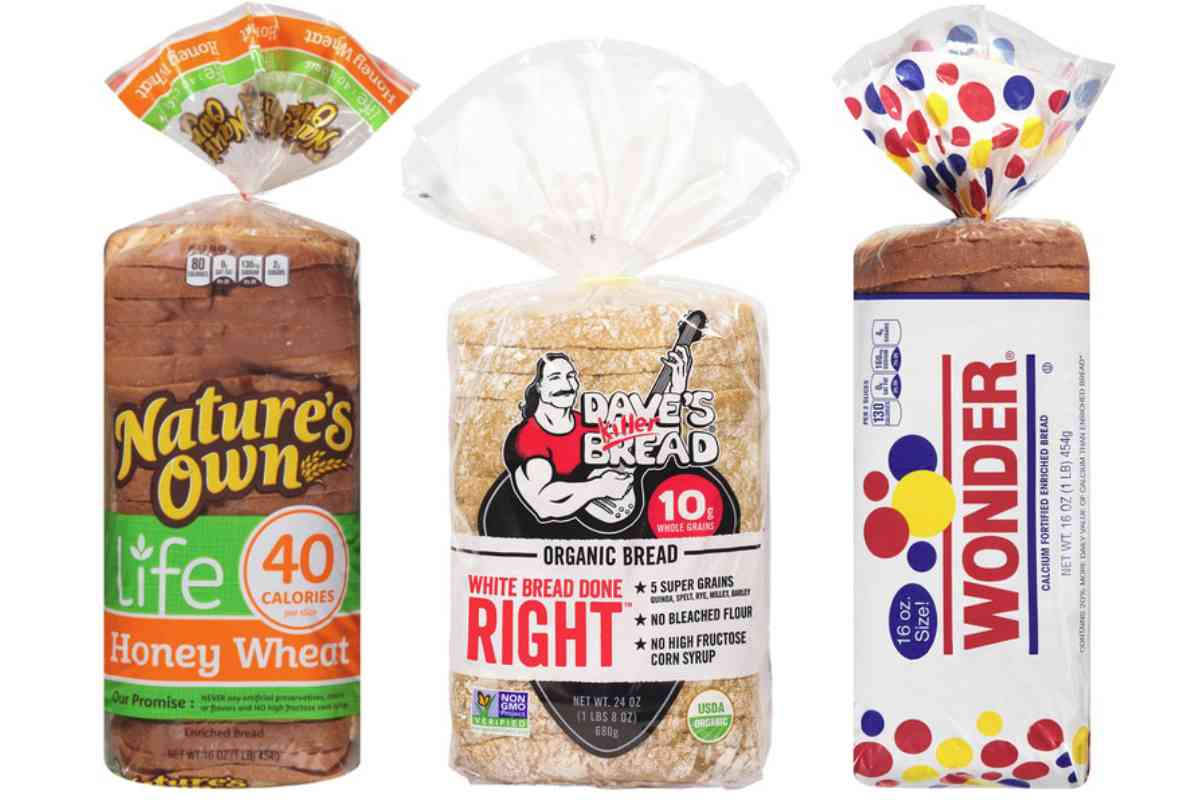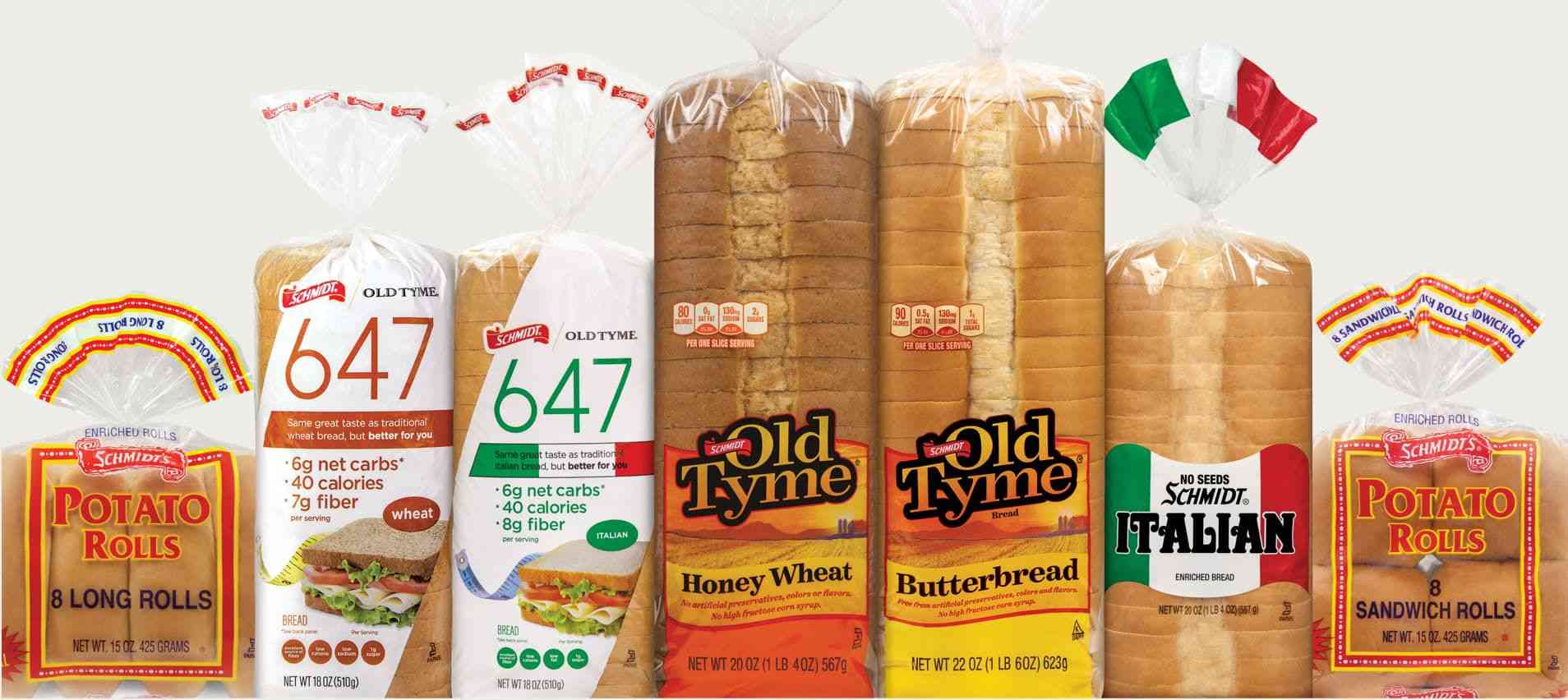“`html
Bread Route Financing: A Comprehensive Guide
Bread Route Financing: A Comprehensive Guide
Embarking on a bread route business can be a lucrative venture, offering consistent income and the satisfaction of being your own boss. However, like any business, it requires capital to get started. Securing the necessary financing is a critical step in turning your bread route dreams into reality. This comprehensive guide will walk you through the intricacies of bread route financing, covering various options, key considerations, and strategies for success.
Understanding Bread Route Businesses
Before diving into financing, it’s essential to understand the nature of bread route businesses. These operations typically involve purchasing the rights to distribute bread and related products within a designated territory. You’ll be responsible for delivering these goods to supermarkets, convenience stores, restaurants, and other retail outlets. The income is generated from the difference between the wholesale price you pay for the products and the retail price you sell them for.

Key aspects of a bread route business include:
Territory Rights
The purchase of a bread route often involves acquiring exclusive territory rights. This means you’ll be the sole distributor for a specific brand or product line within a defined geographic area. The value of these rights can vary significantly depending on the size and potential of the territory.
Product Inventory

You’ll need to purchase and manage your inventory of bread and related products. The cost of inventory will depend on the volume you handle and the pricing agreements with the bakery or distributor.
Delivery Vehicle
A reliable delivery vehicle is crucial for a bread route business. You’ll need a vehicle that can accommodate your inventory and withstand the rigors of daily deliveries. The type of vehicle required will depend on the size of your route and the volume of products you handle.
Operational Expenses
In addition to inventory and vehicle costs, you’ll need to account for other operational expenses, such as fuel, maintenance, insurance, and marketing.
Assessing Your Financing Needs
Before seeking financing, it’s crucial to assess your financial needs accurately. This involves determining the total amount of capital required to purchase the route, acquire inventory, purchase or lease a vehicle, and cover initial operating expenses. Consider the following factors:
Route Purchase Price
The purchase price of the bread route is typically the largest expense. Research comparable routes in your area to get an idea of the market value.
Inventory Costs
Estimate the initial inventory costs based on the volume of products you expect to handle. Factor in seasonal fluctuations and potential growth.
Vehicle Costs
Determine the cost of purchasing or leasing a delivery vehicle. Consider factors such as vehicle type, age, mileage, and condition.
Operating Expenses
Estimate your monthly operating expenses, including fuel, maintenance, insurance, and marketing. Factor in potential unexpected costs.
Working Capital
Allocate sufficient working capital to cover expenses during the initial months of operation until your business generates consistent revenue.
Financing Options for Bread Routes
Several financing options are available for bread route businesses. The best option for you will depend on your financial situation, credit history, and the specific requirements of your business.
Small Business Loans
Small business loans are a common financing option for bread routes. These loans are typically offered by banks, credit unions, and online lenders. They may require a strong credit history, a solid business plan, and collateral.
SBA Loans
The U.S. Small Business Administration (SBA) offers loan programs that can be used to finance bread routes. SBA loans are typically guaranteed by the government, which reduces the risk for lenders and makes them more accessible to small businesses.
Equipment Financing
If you need to purchase a delivery vehicle, equipment financing can be a viable option. This type of financing allows you to borrow money specifically for the purchase of equipment, using the equipment itself as collateral.
Seller Financing
In some cases, the seller of the bread route may be willing to provide financing. This can be a convenient option, especially if you have an existing relationship with the seller.
Personal Loans and Lines of Credit
Personal loans and lines of credit can be used to finance a bread route, but they may come with higher interest rates and less favorable terms than business loans. They are best used when smaller amounts of capital are needed.
Crowdfunding
While less conventional, crowdfunding platforms can be used to raise capital for a bread route business. This option requires a compelling story and a strong network of potential investors.
Key Considerations for Bread Route Financing
When seeking financing for a bread route, consider the following key factors:
Credit History
A strong credit history is essential for securing favorable loan terms. Lenders will review your credit score and credit report to assess your creditworthiness.
Business Plan
A well-written business plan is crucial for demonstrating the viability of your bread route business. Your business plan should include a detailed description of your business, market analysis, financial projections, and management team.
Collateral
Some lenders may require collateral to secure a loan. This could include your personal assets, such as your home or vehicle, or the assets of your business, such as inventory or equipment.
Interest Rates and Loan Terms
Compare interest rates and loan terms from different lenders to find the best deal. Pay attention to factors such as loan duration, repayment schedule, and any fees associated with the loan.
Cash Flow Projections
Accurate cash flow projections are essential for demonstrating your ability to repay the loan. Lenders will want to see that your business generates sufficient cash flow to cover your loan payments.
Strategies for Securing Bread Route Financing
To increase your chances of securing bread route financing, consider the following strategies:
Improve Your Credit Score
Take steps to improve your credit score before applying for a loan. This could include paying down debt, correcting errors on your credit report, and maintaining a consistent payment history.
Develop a Strong Business Plan
Invest time in developing a comprehensive and well-written business plan. This will demonstrate your understanding of the business and your ability to manage it effectively.
Shop Around for Lenders
Don’t settle for the first lender you find. Shop around and compare loan offers from multiple lenders to find the best terms.
Explore SBA Loan Programs
Consider applying for an SBA loan, as these loans often offer more favorable terms than traditional bank loans.
Consider Seller Financing
If possible, explore the option of seller financing. This can be a convenient and flexible financing option.
Build Relationships with Lenders
Establish relationships with lenders before you need financing. This can help you build credibility and increase your chances of approval.
Conclusion
Financing a bread route business requires careful planning and preparation. By understanding the various financing options available, assessing your financial needs, and developing a strong business plan, you can increase your chances of securing the necessary capital to launch your successful bread route venture. Remember to thoroughly research and compare lenders to find the best terms for your specific situation. With the right financing in place, you can turn your entrepreneurial dreams into a profitable reality.
“`
